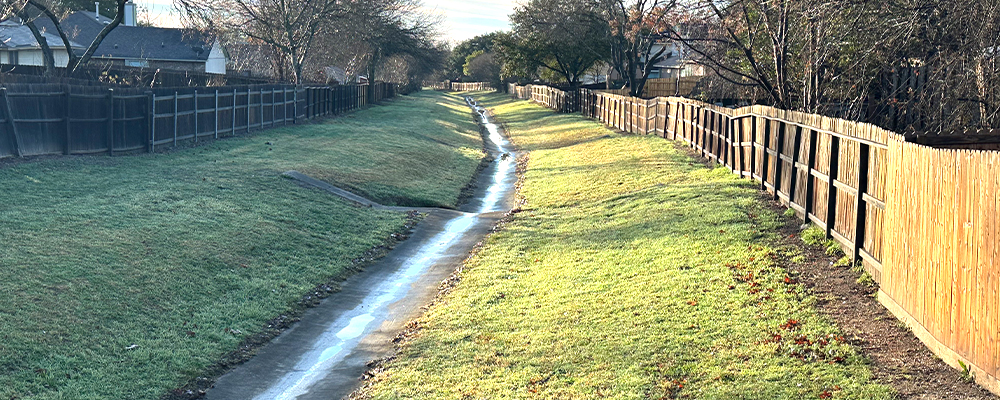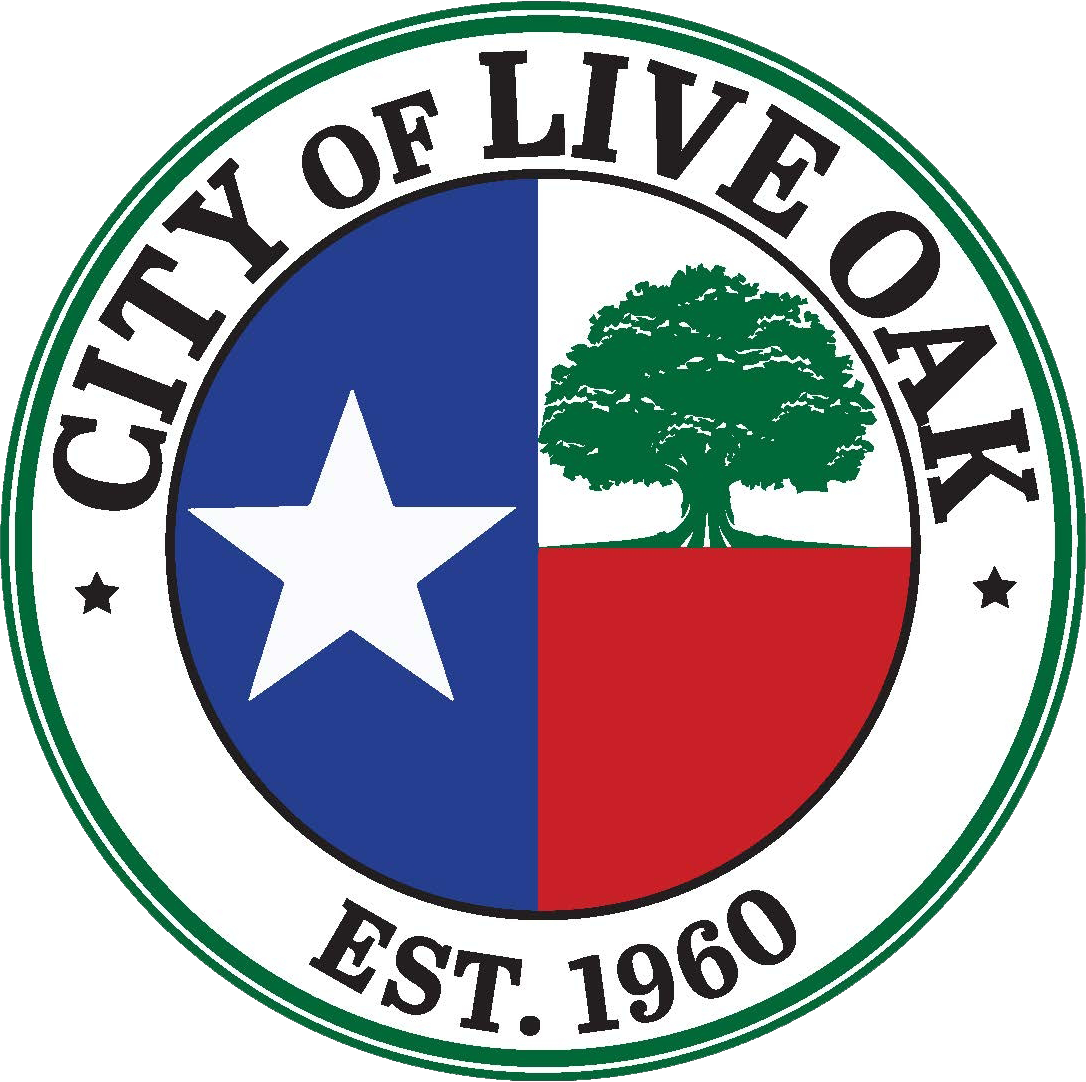Storm Water

Storm Water Management Plan
Storm Water Pollution
Effect of Sediment on Stormwater Quality
Sediment is #1 Pollutant
Erosion is the process by which water flow and wind remove soil, rock, or other material. When wind and water flows diminish, eroded materials become deposited on the ground. The material deposited is called sediment.
One of the biggest manmade sediment releases comes from construction activities. Even relatively minor home-building projects can discharge large amounts of sediment if not properly controlled. The EPA has determined that sediment is a major pollutant.
Sediment can clog storm drains and catch basins and can thereby cause flooding. When runoff carries sediment into local water bodies such as rivers, streams and lakes, it can have a negative effect on water quality, aquatic habitats and human health.
We can keep our waters clean by establishing plants, placing sod, and spreading mulch to help prevent erosion and sedimentation. It is important for stockpiles to be covered and protected from rain and wind. Sediment discharges can also be prevented by installing barriers around the perimeter of the stockpile.
In order to comply with the Clean Water Act of 1972 (as subsequently amended) and the Texas Pollutant Discharge Elimination System (TPDES) General Permit Number TXR040000, the City of Live Oak maintains a Storm Water Management Plan to help improve and protect the quality of surface, ground and storm water by reducing pollution levels in it. This is important because storm water runoff supplies drinking water sources.
To help the city achieve their goals in reducing storm water pollution, please fill out the questionnaire below. Your feedback is important to us.
Online Storm Water Questionnaire
Fact Sheet and Executive Director’s Preliminary Decision
Construction Site Storm Water Runoff Control Guidelines
Live Oak Utility Excavation Criteria Manual November 2016
Storm Water Pollution Prevention Plan Review Application


Public Works
8001 Shin Oak Drive
Live Oak TX 78233
(210) 653-9143
mypw@liveoaktx.net
City Core Values
Integrity
Trust and faith to do what is best for our team and community.
Accountability
Responsible for our words, our actions, and our results.
Teamwork
Together we will achieve the greatest results.
Leadership
The courage to rise above challenges, work through adversity, and inspire others.
Loyalty
Dedication to the mission, the community, and each other.
